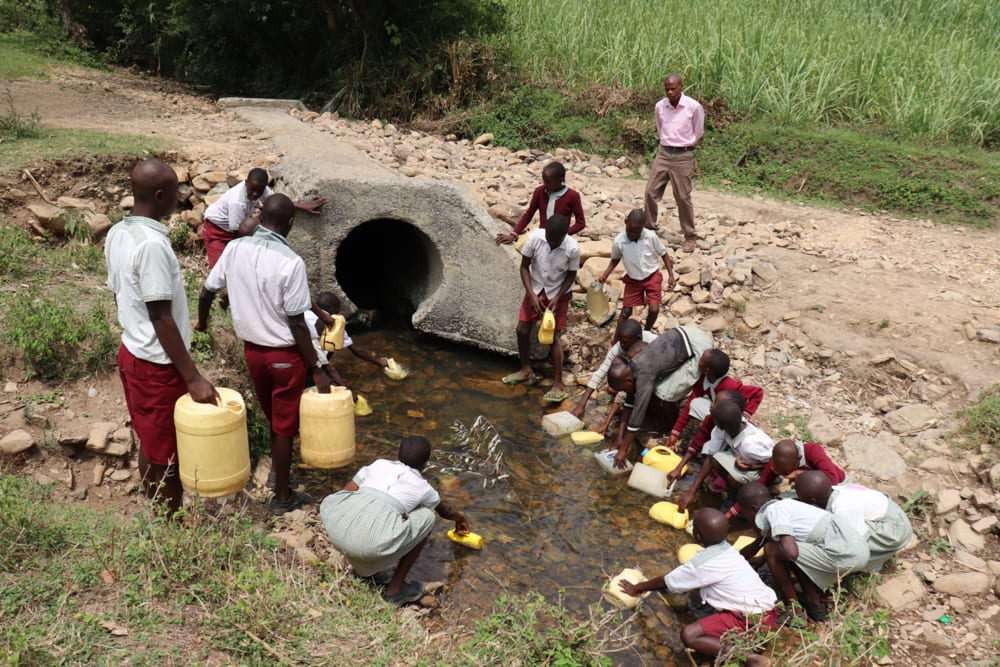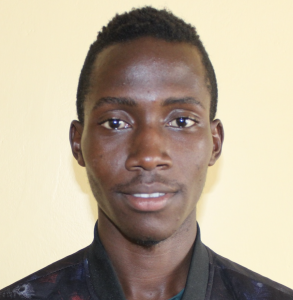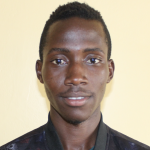Lunyu village, which sits at the foot of the Muriola hills in Kakamega County, is a very quiet place. Even with its high population and fast-growing primary school, the place feels peaceful to be in and not at all crowded. Cold with a very large amount of green cover, the village is well vegetated and smells fresh. Sitting close to the edge of the village is Muriola Primary School, serving 665 students and 17 teachers and staff.
Muriola Primary began in 2009 as just a nursery school with about 49 students. The community, with the support of the Seventh Day Adventist church, established the school to put a stop to the threat that the many local streams posed to their children as pupils had to cross the streams to reach other primary schools farther away from home. This was because whenever it rained, the streams would flood, making the walk to school treacherous for the children. The flooded riverbanks often left students stranded for long hours on either side of the rivers, and incidents of pupils drowning were not unheard of.
Today, the streams in the village pose a different threat to students at Muriola Primary School: waterborne diseases. There is no water on school grounds, so every day beginning at 7:00 am when students arrive, they are responsible for collecting water for all of the school's drinking, cooking, and cleaning needs.
Teachers accompany the students to the stream throughout the day. Water fetched in the morning only lasts for three or four hours, at which time teachers select another group of students to go out and fetch more water. School days at Muriola Primary are characterized by frequent interruptions to class time, costing students in their energy and focus and resulting in poor academic performance.
The stream where the school gets its water is a seasonal waterpoint which has been their only water source since the school's establishment. Being surface water, the stream water is extremely unsafe for human consumption. Upstream of the school, community members let their livestock drink while standing and defecating inside the water, people wash clothes, bathe, and even urinate and defecate in the water. The school has a few filters, but not all of the drinking water makes it through them before students consume it.
"Not having water within the school is bad. To ensure that the water we get into the school is as clean as possible, we have to accompany the students to the stream for supervision. This, at times, eats into our teaching hours which has caused significant loss in terms of syllabus coverage and performance. The water, too, is almost always a gamble. You might be very strict in overseeing the students but still get an illness from the water," explained teacher Samwel Shango.
The specific place the school allows students to fetch water is next to a rocky culvert in the road, selected for its calmer and shallower waters - though it is also nearly stagnant at times. The water gets a fishy smell during the rainy season each year as it is a perfect breeding place for aquatic life. The culvert also helps students reach the water when the stream floods.

"I have seen my colleagues do things in their containers and later use them to ferry the water back to school for the purpose of drinking. Some of them have been spotted, but others, not yet. But this forces my siblings and me to only drink water at home. Initially, it would cause us to diarrhea violently and cause embarrassment to us," shared student Shadrack.
Students frequently report cases of diarrhea, stomach upsets, and malaria as a result of going to the stream and drinking its water at school. Though the school tries to boil water when it can, firewood is expensive, and it takes a long time to boil enough water for everyone to drink. As a result, typhoid cases still pop up among the students.
The time lost to the multiple daily trips to the stream compounds the time students lose to being sick from the stream water. Students' water-related illnesses drain their families of their financial resources as they seek medical treatment. As a school that could perform better compared to other schools at their level, the school's severe clean water crisis is holding its students back from reaching their full potential as learners.
What We Can Do:
New Well
We conducted a hydrogeological survey at this school and the results indicated the water table beneath it is an ideal candidate for a borehole well. Due to a borehole well's unique ability to tap into a safe, year-round water column, it will be poised to serve all of the water needs for this school's large population, even through the dry months.
The school will help collect the needed construction materials such as sand, rocks, and water for mixing cement. They will also provide housing and meals for the work team, in addition to providing local laborers. We will complement their materials by providing an expert team of artisans and drilling professionals, tools, hardware, and the hand-pump. Once finished, water from the well will then be used by the school’s students and staff for drinking, handwashing, cooking, cleaning, and much more.
We and the school strongly believe that all of these components will work together to improve standards at this school, which will help lead to better student academic performance and will help unlock the opportunity for these students to live better, healthier lives.
Handwashing Stations
The student health club will oversee the two new handwashing stations we will provide, and make sure they are kept clean and in working condition. The club leaders will fill the handwashing stations with water daily and make sure they are always supplied with a cleaning agent such as soap or ash.
VIP Latrines
Two triple-door latrine blocks will be constructed with local materials that the school will help gather. Three doors will serve the girls and three doors will serve the boys. All of these new latrines will have cement floors that are designed to be easy to use and to clean. And with a rain tank right on school property, there should be enough water to keep them clean.
Training on Health, Hygiene, COVID-19, and More
We will hold a one-day intensive training session with students, teachers, and parents. This training will cover a wide range of topics including COVID-19 symptoms, transmission routes, and prevention; personal and environmental hygiene; and the operation and maintenance of the rain tank, latrines, and handwashing stations. There will be a special emphasis on handwashing.
Our team of facilitators will use a variety of methods to train, including participatory hygiene and sanitation transformation, and asset-based community development. We will initiate a student health club, which will prepare students to lead other pupils into healthy habits at school and at home. We will also lead lectures, group discussions, and provide illustrative handouts to teach health topics and ways to promote good hygiene practices within the school including handwashing and water treatment. We will then conduct a series of follow-up trainings before transitioning to our regularly scheduled support visits throughout the year.

 Borehole Well and Hand Pump
Borehole Well and Hand Pump
 Rehabilitation Project
Rehabilitation Project










































